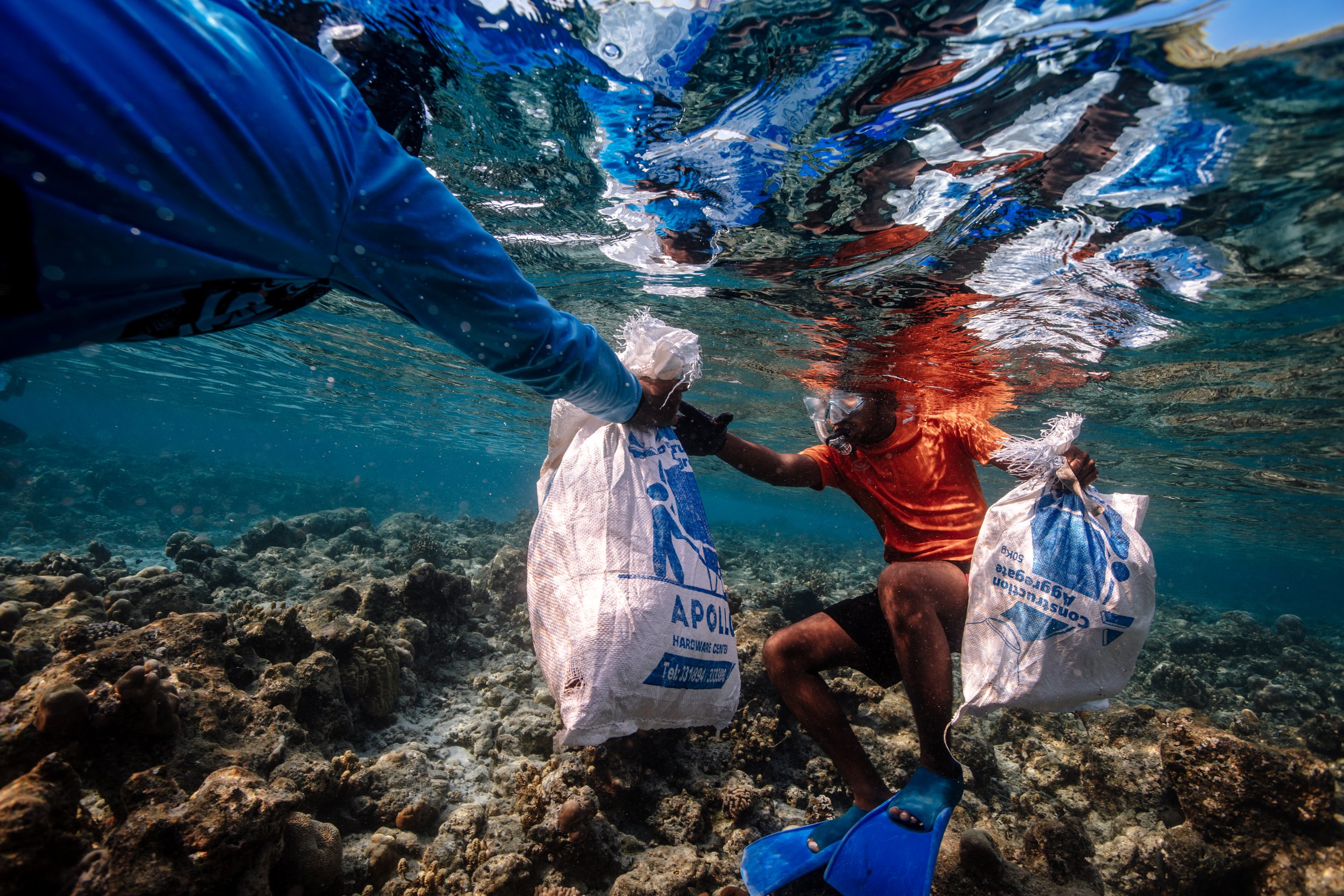Raising Awareness Through Ocean Storytelling
A 10-Step Guide
Being a storyteller of the ocean means sharing the beauty, mysteries, and challenges that come with it. Whether through writing, photography, or film, ocean storytellers have the unique opportunity to educate, inspire, and move people to action.
Here are 10 steps to help you become an ocean storyteller.
Get to Know the Ocean
Before you can tell the story of the ocean, you must first understand it. Dive into the world of the ocean by reading books, watching documentaries, asking questions to ocean guardians and visiting the sea to learn about its creatures, geography, people and history. Please familiarize yourself with the ocean's unique features and understand what makes it special.
2. Find Your Unique Voice
As an ocean storyteller, your voice and perspective will make your stories stand out. Think about what you care about, what moves you, and what message you want to share. Use your unique voice to make the ocean's story your own and engage your audience.
3. Learn the Art of Storytelling
Storytelling is an art form that requires practice and skill. Attend storytelling workshops and read books to learn how to craft a compelling narrative. Please pay attention to how experienced storytellers use elements such as setting, light and character to engage their audience.
4. Build a Network
Connect with other ocean storytellers, marine biologists, and experts in related fields. Attend events, join online communities, and seek out mentors who can offer guidance and support. Building a network will help you stay informed and inspired as you grow as a storyteller.
5. Identify Your Niche
Identifying a niche will help you focus on a particular ocean aspect, such as marine life, ocean conservation, or coastal communities. Whether through writing, photography, or film, find your niche and become known for your expertise.
6. Invest in Quality Equipment.
Having the right equipment is essential for telling the ocean's story. Invest in quality equipment such as a GoPro, water housing for your phone or SLR camera, a drone for unique above-the-water perspectives and editing software to ensure you have the tools you need to create high-quality content.
7. Get Involved in Ocean Conservation Efforts
Ocean conservation is a crucial aspect of ocean storytelling. Participate in local and international efforts to protect the ocean and its creatures. Whether through volunteering, advocacy, or direct action, your involvement will deepen your understanding of the ocean and give you unique perspectives to share with your audience.
8. Share Your Passion
Once you have honed your skills and found your voice, share your stories. Use your blog, social media, or a publication to share your passion for the ocean and engage your audience.
9. Collaborate with Others
Collaborating with other storytellers, artists, and experts can bring a fresh perspective to your work and help you reach a wider audience. Seek collaboration opportunities, such as co-authoring a book, creating a film, or working on a photography project.
10. Keep Learning
The ocean is constantly changing, and there is always more to learn. Keep reading, attending workshops and events, and engaging with your network to continue growing as an ocean storyteller. The more you know, the more compelling your stories will be.






In conclusion, becoming an ocean storyteller is a unique and rewarding experience. With dedication, passion, and a willingness to learn, you can master the art of ocean storytelling and share the ocean's beauty, mysteries, and challenges with the world. Follow these ten steps, and you'll be well on becoming a master ocean storyteller.





















